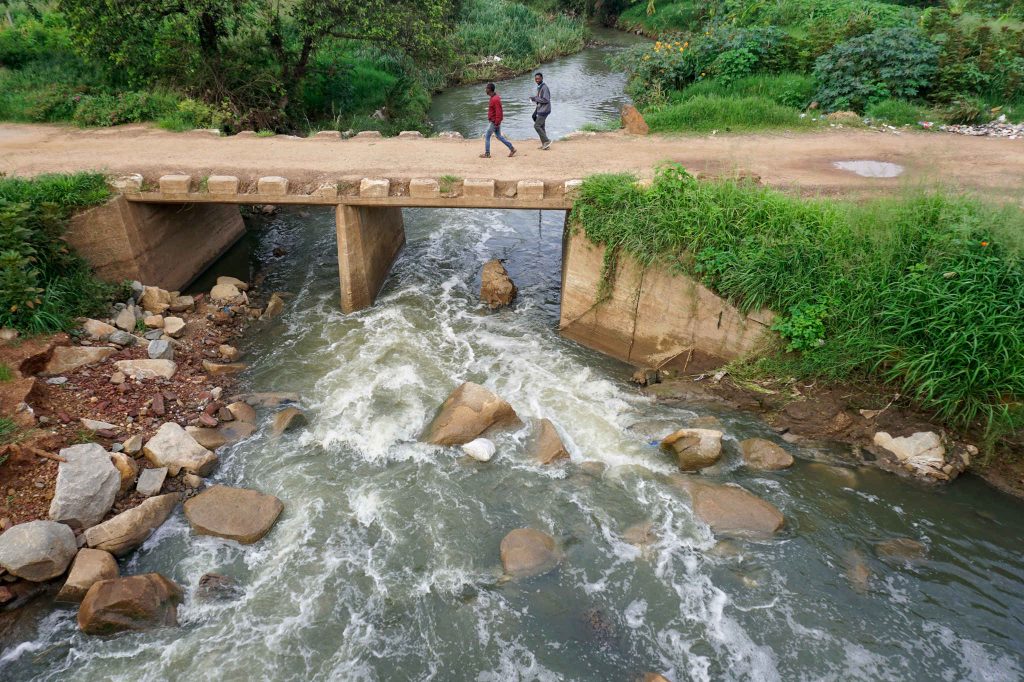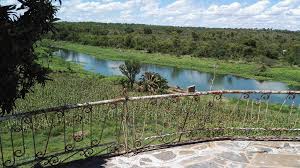
John Cassim
The Environmental Management Agency (EMA) has urged planning authorities responsible for the Gwayi, Sanyati, Umzingwane, Nyatsime, and Umguza rivers to urgently invest in the rehabilitation of their sewer reticulation systems to prevent further environmental contamination.
This call to action followed the EMA’s discovery of alarming phosphate concentrations exceeding safe limits in the Gwayi, Sanyati, and Umzingwane rivers. Simultaneously, urban rivers like the Nyatsime and Umguza exhibited excessive nutrient loads, significantly increasing the risk of eutrophication.
These findings underscore the critical need for enhanced wastewater treatment facilities and stricter controls on industrial effluent discharge. Furthermore, promoting sustainable urban planning is essential to minimize pollution and conserve vital water resources in these areas.
“Data from 13 urban rivers showed significantly lower dissolved oxygen levels, when compared to the major river systems, despite some improvement from increased runoff and dilution.
This disparity stems primarily from waste water contamination, underscoring the urgent need for enhanced wastewater treatment facilities,” said Amkela Sidange, Environmental Education and Publicity Manager at EMA.

EMA routinely monitors the quality of water in its natural state across the country, conducting ambient water sampling monthly at approximately 256 strategic points within various water bodies.
The First Quarter 2025 analysis of this ambient water quality revealed a generally positive trend in most catchments due to increased water flow and turbulence from rainwater inflows, which promoted aeration and boosted oxygen levels.
However, the Manyame and Gwayi catchments continued to exhibit lower Dissolved Oxygen saturation. This concerning trend is attributed to a combination of factors, including urban pollution sources, industrial discharge, and high organic material loads.
Moreover, the analysis revealed that phosphate concentrations had exceeded the specified limits in the Gwayi, Sanyati, and Umzingwane rivers. Concurrently, urban rivers such as Nyatsime and Umguza displayed excessive nutrient loads, thereby exacerbating the risks associated with eutrophication.
Ordinarily, water quality around this time of year is expected to be within acceptable limits due to increased dilution and aeration resulting from significant rainwater inflows.
Consequently, the current state of ambient water quality emphasizes the immediate need for wastewater treatment upgrades, stricter industrial effluent controls, and the implementation of sustainable urban planning strategies.
These measures are crucial to restore ecological integrity and achieve Sustainable Development Goal Target 6.3.2, which focuses on improving water quality.
Harare, Zimbabwe – The Environmental Management Agency (EMA) has raised serious concerns about a significant decline in water quality in Zimbabwe’s major water bodies, primarily attributed to the ongoing El Niño-induced drought.
Apparently Umguza was also picked together with Marimba, Mukuvisi, Mazai, and Phekiwe Rivers, in Harare and Bulawayo, to have had, high orthophosphate concentrations in the EMA’s third-quarter 2024 report.
According to this report, water quality had deteriorated by 8.5% due to sampling challenges caused by drying rivers and dams and subsequent alarming findings.
EMA also raised alarm that the degradation posed significant risks to human health, water supply, recreation, aquaculture, and biodiversity.
Dissolved Oxygen (DO) levels in most major rivers had fallen below the recommended minimum of 60% saturation, with the Gwayi catchment recording the lowest average DO saturation at 29.70%. This decline was directly attributed to reduced river flows.
